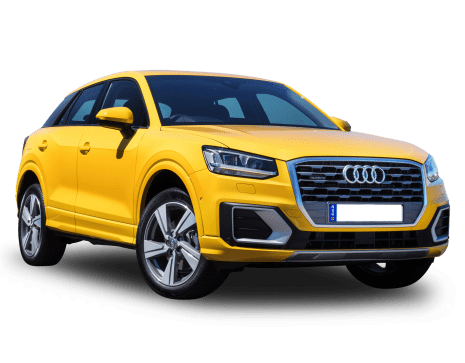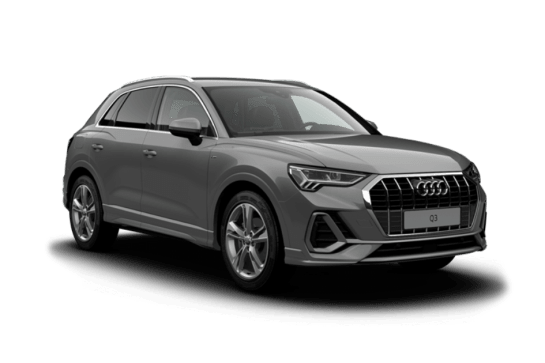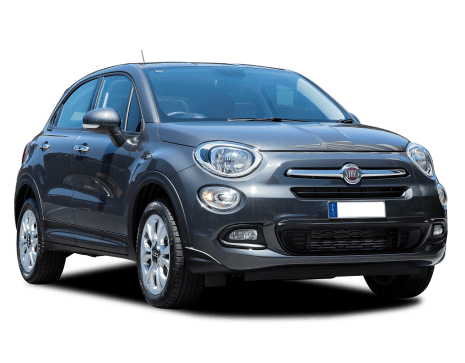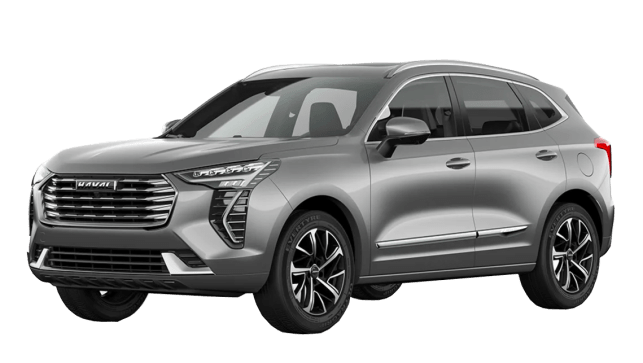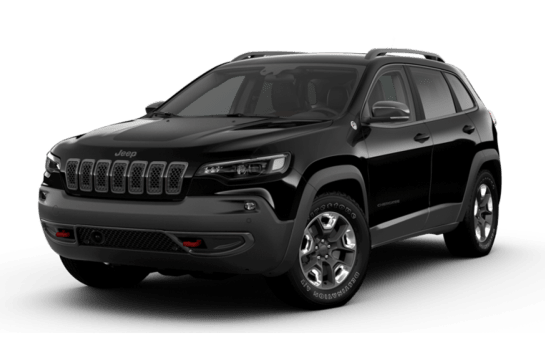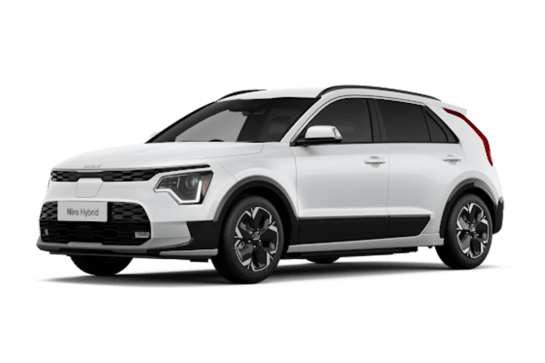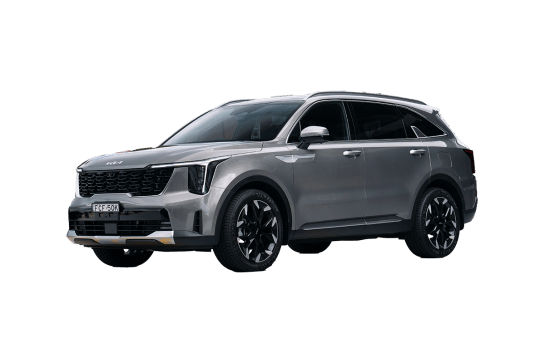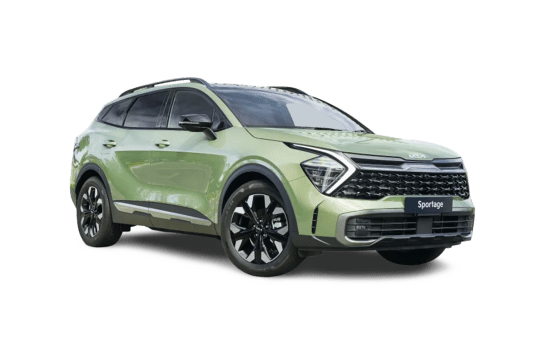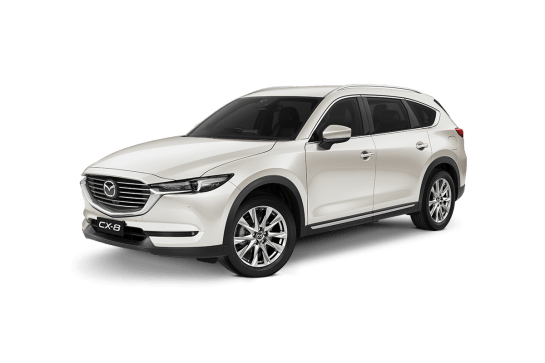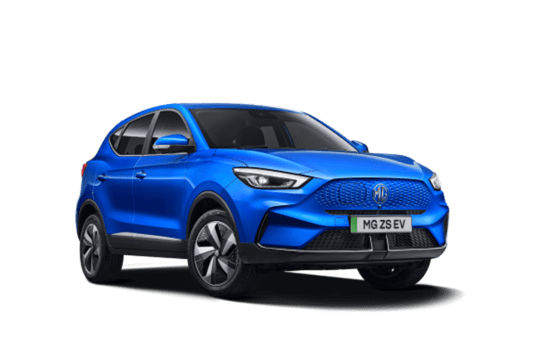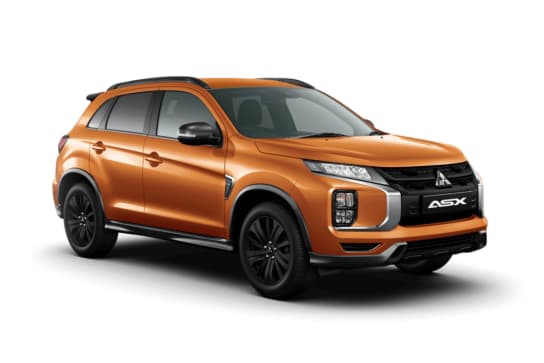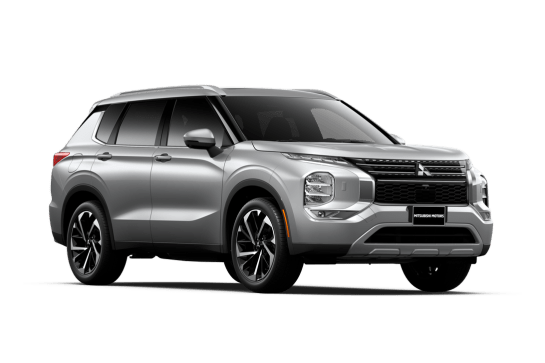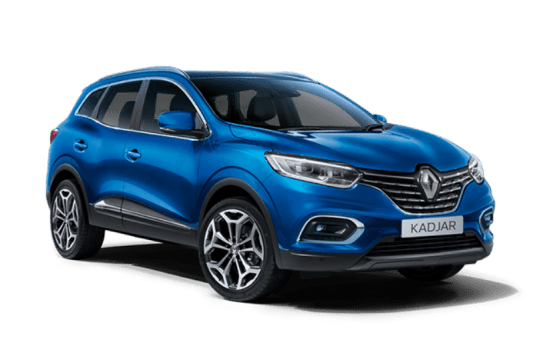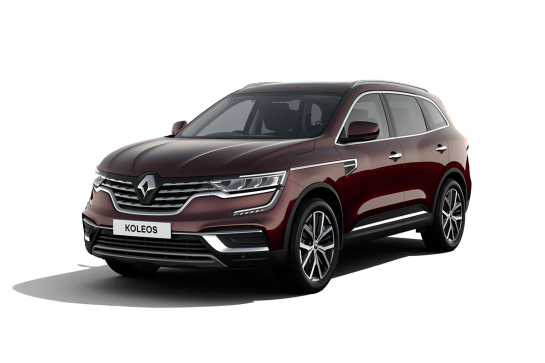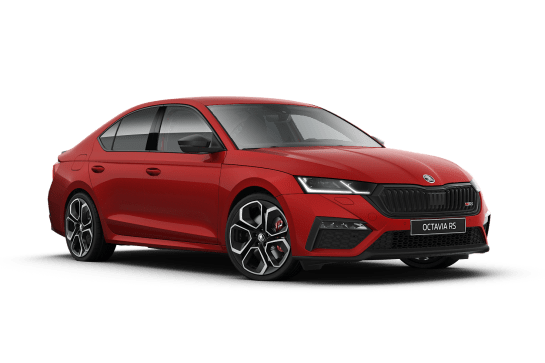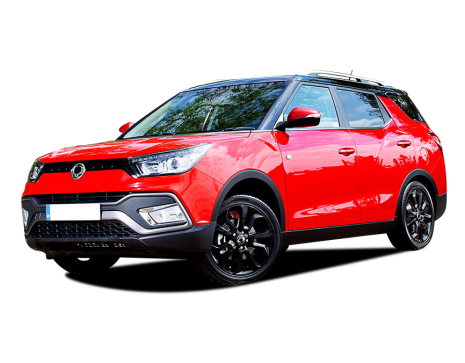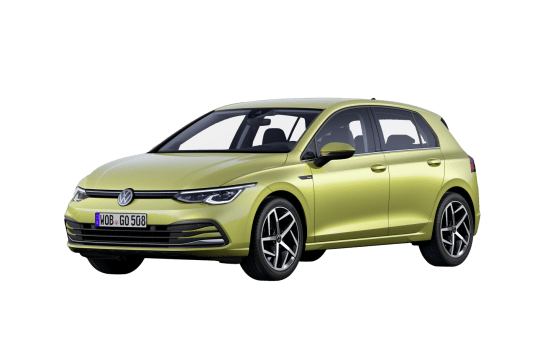
Peugeot 3008 VS Audi Q2
Peugeot 3008
Likes
- Smartly dressed with a premium cabin
- Pleasant on-road manners
- Luxury features hit the right notes
Dislikes
- Cramped rear seating
- Expensive compared to rivals
- Some tech is a learning curve
Audi Q2
Likes
- Good value
- SQ2 has great performance
- Angular looks
Dislikes
- Cabin feels old
- Could have more standard safety tech
- Rear legroom limited
Summary
Peugeot 3008
Peugeot has dropped its traditional petrol and PHEV options for a new mild-hybrid system in the next-generation 3008.
We’re testing the flagship GT Premium Hybrid, which brings fresh styling, upgraded tech and a premium cabin into one of the most competitive SUV segments, but is it enough to stand out?
Read more about
- Iconic European car brand adds three new hybrid models in Australia, but will it be enough to claw back sales?
- Incoming seven-seat hybrid SUV priced! 2025 Peugeot 5008 Hybrid incoming with the numbers to take on Mitsubishi Outlander and Nissan X-Trail
- Fresh hot hatch showdown shapes up: New Peugeot boss mulls return of electric 205 GTi as potential sporty EV to rival Alpine A290 and Abarth 500e
| Safety rating | — |
|---|---|
| Engine Type | 1.2L turbo |
| Fuel Type | — |
| Fuel Efficiency | 4.9L/100km |
| Seating | 5 seats |
Audi Q2
Audi’s littlest and most affordable SUV, the Q2, has been updated with new looks and tech, but something else has snuck in with it. Or should I say roared in? It’s the SQ2, with a whopping 300 horsepower and a snarling bark.
So, this review has something for everybody. It’s for those who want to know what’s new for the Q2 in this latest update - those thinking of buying a cool-looking little SUV from Audi - and for those who want to wake their neighbours up and frighten their friends.
Ready? Let’s go.
| Safety rating | |
|---|---|
| Engine Type | 2.0L turbo |
| Fuel Type | Premium Unleaded Petrol |
| Fuel Efficiency | 7L/100km |
| Seating | 5 seats |
Verdict
Peugeot 30087.4/10
The new Peugeot 3008 GT Premium Hybrid might not be the most spacious SUV for passengers, but it makes up for it with ample boot space and a standout design. It’s fresh-faced, interesting and packed with comfort features that elevate the everyday driving experience.
Is it expensive? Absolutely. But it also delivers a genuinely premium cabin that many rivals can’t match, along with refined on-road manners and efficiency that make it a pleasure to drive.
It doesn’t hit every note perfectly but there’s definitely a melody here worth listening to.
Audi Q27.3/10
The Q2 is good value and great to drive – especially the SQ2. The exterior looks new, but the cabin feels older than the larger Q3, and most other Audi models.
More standard advanced safety tech would make the Q2 even more appealing, as would a five-year, unlimited-kilometre warranty. While we’re at it, a hybrid variant would make enormous sense.
So, a great car, but Audi could offer more to make it an even better proposition for buyers.
Design
Peugeot 3008
The third-generation Peugeot 3008 boasts a striking silhouette, with coupe-like lines at the rear and well-proportioned overall dimensions that give it a confident, refined stance.
Signature Peugeot elements like the claw-inspired LED headlights and tail-lights lend it a distinctive, modern edge, which elevates its presence in a crowded SUV segment.
That said, the extensive use of black plastic cladding around the lower body detracts from the otherwise premium exterior and feels out of place.
Step inside and the cabin is easily one of the most captivating interiors I've been in recently. There's real design flair here: a multi-level centre console, sculpted ambient lighting panels that highlight the angular dashboard, and a rich, eclectic mix of materials. From quilted Nappa leather seats to textured grey knit fabric and brushed aluminium accents, it’s a refreshingly bold and beautifully executed space.
Add the panoramic sunroof and long equipment list, it's a cabin that you'll like to spend a lot of time in.
Audi Q27/10
This updated Q2 looks almost identical to the previous one and really the only changes are subtle styling tweaks to the front and back of the car.
The front air vents (they aren’t real air vents on the Q2, but they are on the SQ2) are now larger and pointier and the top of the grille is lower. Around the back, the bumper now has a similar design to the front, with those pointy polygons set wide apart.
It’s an angular little SUV, full of sharp-edged shapes like some kind of acoustical wall in an auditorium.
The SQ2 just looks more aggro, with its metallic-trimmed air vents and beefy quad exhaust.
The new colour is called Apple Green and it’s not really like any colour on the road – well not since 1951, anyway when this hue was hugely popular on everything from cars to telephones. It’s also very close to Disney’s “Go Away” green – look it up and then ask yourself if you should be driving a car that’s kind of invisible to the human eye.
I digress. Other colours in the range include Brilliant Black, Turbo Blue, Glacier White, Floret Silver, Tango Red, Manhattan Grey and Navarra Blue.
Inside, the cabins are the same as before, apart from the larger, sleeker media display, and there are some new trim materials, too. The 35 TFSI has silver inlays with a diamond paint finish, while the 40TFSI has aluminium door sills.
The Q2 has beautiful quilted Nappa leather upholstery, which goes beyond just covering the seats and to the centre console, doors and armrests.
All options offer well laid out and premium feeling cabins, but the disappointing part is that it's an older Audi design, which started out in the third-generation A3, launched in 2013, and still exists on the Q2, even though most Audi models, including the Q3, have the new interior design. This would bug me if I was thinking about buying a Q2.
Have you thought about a Q3? It’s not that much more in price, and it’s a tad bigger, obviously.
The Q2 is tiny, at 4208mm end to end, 1794mm wide and 1537mm tall. The SQ2 is longer at 4216mm long, 1802mm wide and 1524mm tall.
Practicality
Peugeot 3008
The best part of the cabin is easily up front. There's generous space, and the seats are comfortable, even before you engage any of their functions. Longer trips have been a dream. I particularly enjoyed the massage settings, though the session durations felt a bit inconsistent.
Storage in the front is cleverly designed, with plenty of options: a sunglasses holder, a large glovebox, a phone shelf, a deep centre console and ample drink holders. It’s easy to keep the space tidy and organised.
Charging options are solid, with two USB-C ports, a 12-volt socket and a wireless charging pad.
The updated multimedia system has a screen that is wider than it's tall, making the icons small and easy to miss while on the go. I did tap the wrong one a few times!
That said, I appreciated the customisable quick-access and instrument panels, and connecting to the wireless Apple CarPlay was seamless. The touchscreen can be a little laggy, but overall the system is functional and intuitive once you're used to it.
Owing to its relatively short 4542mm length, rear legroom is tight, and the bench isn’t wide enough to comfortably seat three adults over long distances. This just makes it feel cramped for a mid-size SUV and it's something my eight-year old noticed straight away.
The seats are well-padded, though, and rear amenities are strong with directional air vents, heated outboard seats, two USB-C ports, a 12-volt socket and the usual cupholders and map pockets.
Boot space is generous at 520L with a flat load floor. The 48-volt battery means there's no spare tyre, but the powered tailgate with kick-function was a lifesaver during errand runs this week. For more flexibility, the rear row folds in a 40/20/40 split.
Audi Q27/10
The Q2 is basically a current model Audi A3, but more practical. I’ve lived with the A3 Sedan and Sportback and while rear legroom is just as confined in those as it is in the Q2 (I’m 191cm and need to squish my knees behind my driving position) getting in and out is easier in the SUV, with its elevated ride height and taller door apertures.
The easier access helps enormously when helping kids into their child seats. In an A3 I need to kneel on the footpath to be at the right level to put my son into the car, but not with the Q2.
The boot space of the Q2 is 405 litres (VDA) for the front-wheel-drive 35 TFSI and for the SQ2 it’s 355 litres. That not bad, and the large hatch makes for a big opening, which is more practical than a sedan’s boot.
Inside, the cabin isn’t enormous, but rear headroom is good, thanks to the fairly high roof.
Cabin storage isn’t terrific, although the front door pockets are big and there are two cupholders up front.
Only the SQ2 has USB ports in the back for rear passengers, but all Q2s have two USB ports up front for charging and media – plus all have wireless charging for phones.
Price and features
Peugeot 3008
The new 3008 has a streamlined line-up of only two grades, at least for now, and we’re in the flagship GT Premium Hybrid for this review.
The third-generation 3008 has a new mild-hybrid powertrain, which pairs a turbocharged petrol three-cylinder engine with a small electric motor and a 48-volt battery. A fully electric version exists overseas but is yet to be confirmed for Australia.
Our test model competes with popular mid-size SUV rivals like the Mazda CX-5 Akera, which starts at $55,150 before on-road costs, and the Toyota RAV4 Cruiser 2WD, which sits at $51,410.
With its $64,990 price tag, the new 3008 GT Premium Hybrid is the most expensive option, which might only appeal to fans of the brand.
However, the GT Premium is very well-specified with massaging and heating functions for the electric front seats, a panoramic sunroof, a 10-speaker Focal sound system and a 3D sat nav with connected services, where you can get information like local car park pricing, as well as over-the-air updates.
Other premium features include ventilated front seats and heated rear outboard seats, which are new for this model.
But the biggest change inside is the new 21-inch display, which houses the updated multimedia system and digital instrument cluster.
There are other new features like wireless Apple CarPlay and Android Auto, and an upgraded panel for your quick access menu widgets (up to 10 widgets can be customised).
Other features include a handsfree powered tailgate with kick functionality, keyless entry and start, four USB-C ports, a wireless charging pad, a tyre repair kit, a panoramic sunroof and surrounding ambient lighting.
Audi Q28/10
The Q2 entry grade is the 35 TFSI and it lists for $42,900, while the 40 TFSI quattro S line is $49,900. The SQ2 is the king of the range and lists at $64,400.
The SQ2 has never been to Australia before, and we’ll get to its standard features in a moment.
Aussies have been able to buy a 35 TFSI or 40 TFSI since the Q2 arrived in 2017, but now both have been updated with new styling and features. The good news is the prices have only gone up by a few hundred bucks, compared to the old Q2.
Standard on the 35 TFSI are LED headlights and taillights, LED DRLs, leather seats and steering wheel, dual-zone climate control, Apple CarPlay and Android Auto, eight-speaker stereo with digital radio, front and rear parking sensors and a rear-view camera.
That was all standard on the previous 35 TFSI, but here’s what’s new: an 8.3-inch media screen (the old one was seven inches); a proximity key with push button start (great news); wireless phone charging (brilliant), heated exterior mirrors (more helpful than you’d think), ambient interior lighting (aww… pretty); and 18-inch alloys (heck yes).
The 40 TFSI quattro S line adds sports front seats, drive-mode selection, a power tailgate, and paddle shifters. The previous one had all that, too, but this new one has the sporty S line exterior body kit (the previous car was just called Sport not S line).
Now, the 45 TFSI quattro S line may appear not to get much more than the 35 TFSI, but the extra money is getting you more grunt and an awesome all-wheel-drive system – the 35 TFSI is front-wheel-drive only. If you love driving and can’t afford the SQ2, then $7K extra for the 45 TFSI is absolutely worth it.
If you have saved all your pennies and the SQ2 is what you’re zeroing in on, then here’s what you get: Metallic/pearl effect paint, 19-inch alloys, matrix LED headlights with dynamic indicators, the S body kit with quad exhaust, sports suspension, Nappa leather upholstery, heated front seats, 10-colour ambient lighting, stainless-steel pedals, auto parking, a fully digital instrument cluster, and a 14-speaker Bang & Olufsen stereo.
Of course, you get an incredible high-output four-cylinder engine, too, but we’ll get to that in a moment.
Under the bonnet
Peugeot 3008
All grades of the 3008 are powered by the same mild-hybrid setup, featuring a 1.2-litre three-cylinder turbo-petrol engine that's paired with a small electric motor and a 48-volt battery. Power is sent through a six-speed dual-clutch transmission, with the system delivering combined outputs of 100kW of power and 230Nm of torque.
Performance is modest, with a 0-100km/h sprint time taking 10.2 seconds. It’s perfectly adequate for everyday driving around town and in traffic, but the lack of urgency becomes more noticeable when overtaking at highway speeds. Still, the hybrid system offers smoother low-speed acceleration and improved efficiency over the outgoing petrol-only model.
Audi Q28/10
There are three grades and each has a different engine.
The 35 TFSI has a new 1.5-litre four-cylinder turbo-petrol engine making 110kW and 250Nm; the 40 TFSI has a 2.0-litre turbo-petrol four making 140kW and 320 Nm; and the SQ2 has a 2.0-litre turbo-petrol as well, but it puts out a very impressive 221kW and 400Nm.
The 35 TFSI is front-wheel drive, while the 45 TFSI quattro S line and SQ2 are both all-wheel drive.
All have a seven-speed dual clutch automatic transmission – nope you can’t get a manual. There are also no diesel engines in the line-up.
I drove all three cars and, from an engine perspective, it’s like turning the ‘Smile Dial’ up from Mona Lisa in the 35 TFSI, to Jim Carrey in the SQ2, with Chrissy Teigen in between.
Efficiency
Peugeot 3008
The new mild-hybrid powertrain brings a solid improvement to efficiency, with an official combined fuel consumption of 4.9L/100km. Paired with a 55-litre fuel tank, that delivers a theoretical driving range of up to 1122km, which is an impressive figure for a mid-size SUV.
Over the past week, I’ve done a mix of longer highway drives, urban errands and the usual big grocery hauls. My real-world average came in at 6.1L/100km, which is still a strong result for this segment.
The system also features regenerative braking, which while not customisable, is noticeable in everyday driving. It kicks in strongly enough to give the sensation of heavy braking at times, particularly in city traffic and it reminds you that it's working behind the scenes to recover energy.
Audi Q27/10
Audi engines are superbly modern and efficient – even its monster V10 can shut down cylinders to save fuel, and so can the new 1.5-litre four-cylinder engine in the 35 TFSI. Audi says that over a combination of urban and open roads, the 35 TFSI should use 5.2L/100km.
The 40 TFSI is thirstier at 7L/100km, but the SQ2 demands a bit more at 7.7L/100km. Still, not bad.
What’s not good is the lack of a hybrid, PHEV or EV variant of the Q2. I mean the car is small and ideal for the city, and therefore a perfect candidate for an electric version. Not having a hybrid or EV is why the Q2 model range doesn’t score well for its overall fuel economy.
Driving
Peugeot 3008
The 3008 has been genuinely enjoyable to drive. It’s easy to handle, with responsive steering and a stable, confident feel at higher speeds. The transmission generally keeps the powertrain in the right gear, only occasionally over-revving during open-road driving.
Power delivery is prompt enough for stop-start traffic and quick city lane changes. That said, there's a noticeable dip in performance when overtaking on the highway and it’s a clear reminder that this isn’t a high-output powertrain.
Visibility is generally good, though the narrow rear window can limit your view, especially when passengers or a child seat are in the back. Still, the pillars didn’t obstruct my view from the driver’s seat.
The suspension is on the firmer side, so you will feel the larger bumps, but it strikes a decent balance for everyday driving.
There’s a bit of body roll when cornering, which prevents it from feeling as sporty as its coupe-inspired design might suggest.
Parking is a breeze thanks to the clear 360-degree camera system, ample sensors and a tight 10.64m turning circle. My only gripe is that the rear camera points slightly downward, which can make the view feel narrower than expected.
Audi Q28/10
When it comes to the driving part, Audi can almost do no wrong – everything the company makes, whether it’s low powered or rip-your-face-off fast, has all the ingredients for engaging driving.
The Q2 range is no different. The entry-grade 35 TFSI has the least grunt and, with its front wheels pulling the car along, it’s the only one in the family that’s not blessed with all-wheel drive, but unless you’re doing laps at a track you’re not going to be wanting more power.
I drove the 35 TFSI for more than 100km on the launch, through the country and into the city, and in all situations, from overtaking on highways to merging and slow traffic, the most affordable Q2 performed well. That 1.5-litre engine is responsive enough and the dual-clutch transmission changes swiftly and smoothly.
Superb steering and good visibility (although that rear three-quarter view is slightly obstructed by the back pillar) makes the 35 TFSI easy to drive.
The 45 TFSI is a good mid-point between the 35 TFSI and the SQ2 and comes with a very noticeable bump in oomph, while the extra traction from the all-wheel drive is a reassuring addition.
The SQ2 isn’t the hardcore beast you might think it is – this thing would be super easy to live with daily. Yes, it has firm sports suspension, but it’s not overly hard, and that engine, which nudges almost 300 horsepower, doesn’t feel like a Rottweiler on the end of a leash. If anything, it’s a Blue Heeler that loves to run and run, but is happy to take it easy and get fat.
The SQ2 is my pick of the bunch, and not just because it’s quick, agile, and has an intimidating growl. It’s also comfortable and luxurious, with sumptuous leather seats.
Safety
Peugeot 3008
At the time of writing, the 3008 is untested and unrated by ANCAP, which may be a consideration for some buyers. It also features just six airbags, missing a front centre airbag — a growing standard in many newer rivals.
On the plus side, Peugeot has added several useful driver assistance features, including forward collision warning, long-range blind-spot monitoring and lane departure warning.
Other standard features include autonomous emergency braking, lane-keeping aid, lane-following assist, driver attention alert and monitoring, traffic sign recognition, rear cross-traffic alert and adaptive cruise control with stop and go functionality.
There are also child locks on the rear doors, an intelligent seatbelt reminder, front passenger detection and tyre pressure monitoring. Most of these systems operate quietly in the background and don’t feel overly intrusive, which I always appreciate.
However, I did encounter a concern with the autonomous emergency braking system. During a close call when another driver blew through a roundabout in front of me, the system didn’t alert or react — no sounds, no warnings. It was a surprising omission, especially in a moment where you’d expect the tech to step in.
The rear row has ISOFIX child seat mounts and three top-tether anchor points but two seats will fit best.
Audi Q27/10
The Q2 was given the maximum five-star ANCAP rating when it was tested in 2016, but by 2021 standards it is light on advanced safety tech.
Yes, AEB with pedestrian and cyclist detection is standard on all Q2s and the SQ2, and so is blind-spot warning, but there’s no rear cross traffic alert or reverse AEB, while lane-keeping assistance is only standard on the SQ2, along with adaptive cruise control.
For a car that will most likely be purchased by younger people, it doesn’t seem right that they’re not being protected as well they would be in more expensive Audi models.
For child seats, there are two ISOFIX points and three top-tether anchor mounts.
A space-saver spare is under the boot floor.
Ownership
Peugeot 3008
The 3008 comes with a five-year/unlimited-kilometre warranty, which is okay but now feels a bit basic, especially when rivals like Nissan offer up to 10 years of coverage (under specific servicing conditions).
Peugeot also provides a five-year capped-price servicing plan, or you can opt to pre-purchase servicing for three, four or five years. The five-year pre-paid plan comes in at $1890, which works out to be more affordable than sticking with the capped-price option.
Servicing intervals are every 12 months or 25,000km, whichever comes first. That’s quite generous, particularly if you rack up a lot of kilometres annually.
Audi Q26/10
The pressure for Audi to move to a five-year warranty must be hugely intense, with Mercedes-Benz offering one, along with pretty much every other mainstream brand. But for now, Audi will only cover the Q2 for three years/unlimited kilometres.
As for servicing, Audi offers a five-year plan for the Q2 costing $2280 and covering every 12-month/15000km service over that time. For the SQ2, the cost is only a fraction higher at $2540.
